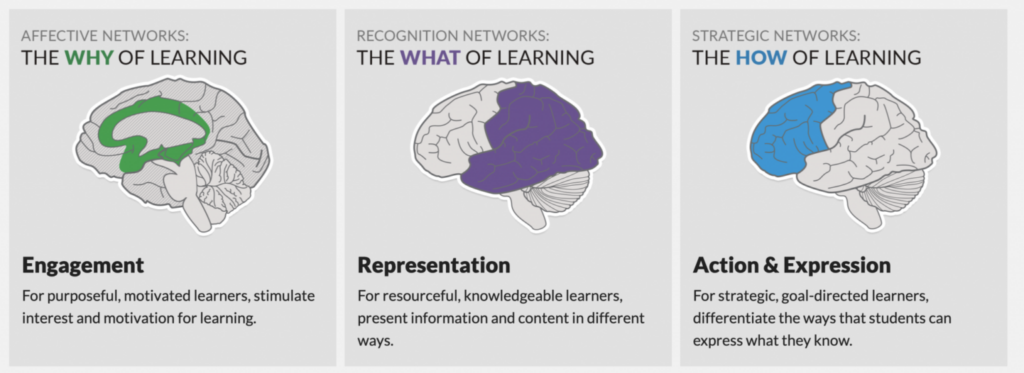A Legacy Company Guide to Innovation
According to Ivanka Visnjic and Ronnie Leten, authors of How to collaborate well and scale up fast (Havard Business Review. September–October 2024), “Large firms aren’t designed for moon shots. Their owners don’t like the risks and won’t kill the goose that lays the golden egg. As a result, all too often they end up defaulting to incremental … Read more











